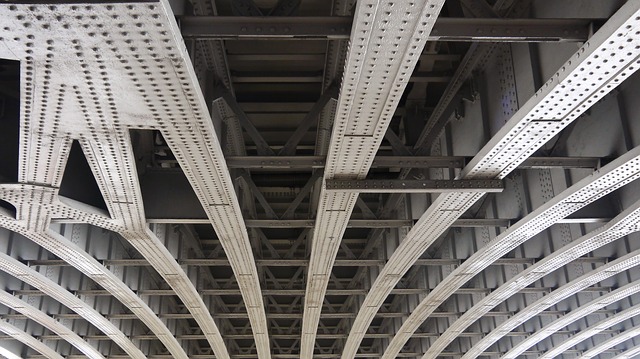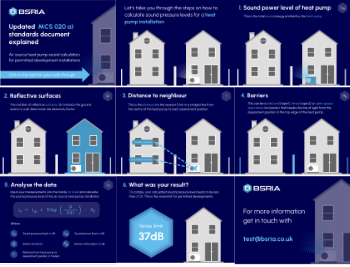Girder
A girder is a large and deep type of beam that is used in construction. It is typically capable of longer spans and taking greater loads than a normal beam, and is often used as a main horizontal structural support for smaller beams, such as in bridge construction.
There are several different types of girder available depending on circumstances, and the load they are required to support:
- Smaller steel girders can be 'rolled' into the required shape. When girders become larger however, a standard rolled shape may not be available and a plate girder may have to be fabricated instead.
- A plate girder is typically an I-beam cross-section made up of separate structural steel plates which are welded, bolted or riveted together to form the deeper vertical web and narrower horizontal flanges of the beam. Plate girders are commonly-used for spans of up to 15m.
- A gantry girder is used for a gantry crane - typically consisting of two ‘A’ frames connected by a lattice cross member which straddles the work area. The lifting gear is suspended from the horizontal girder and can move along it on rails. For more information, see Types of crane.
- A box girder is fabricated from steel plates used to form a rectangular box. This resists torsion better than a plate girder and can be used when depth constraints mean a plate girder cannot be made deeper.
[edit] Find out more
[edit] Related articles on Designing Buildings Wiki
Featured articles and news
Gregor Harvie argues that AI is state-sanctioned theft of IP.
Heat pumps, vehicle chargers and heating appliances must be sold with smart functionality.
Experimental AI housing target help for councils
Experimental AI could help councils meet housing targets by digitising records.
New-style degrees set for reformed ARB accreditation
Following the ARB Tomorrow's Architects competency outcomes for Architects.
BSRIA Occupant Wellbeing survey BOW
Occupant satisfaction and wellbeing tool inc. physical environment, indoor facilities, functionality and accessibility.
Preserving, waterproofing and decorating buildings.
Many resources for visitors aswell as new features for members.
Using technology to empower communities
The Community data platform; capturing the DNA of a place and fostering participation, for better design.
Heat pump and wind turbine sound calculations for PDRs
MCS publish updated sound calculation standards for permitted development installations.
Homes England creates largest housing-led site in the North
Successful, 34 hectare land acquisition with the residential allocation now completed.
Scottish apprenticeship training proposals
General support although better accountability and transparency is sought.
The history of building regulations
A story of belated action in response to crisis.
Moisture, fire safety and emerging trends in living walls
How wet is your wall?
Current policy explained and newly published consultation by the UK and Welsh Governments.
British architecture 1919–39. Book review.
Conservation of listed prefabs in Moseley.
Energy industry calls for urgent reform.
























